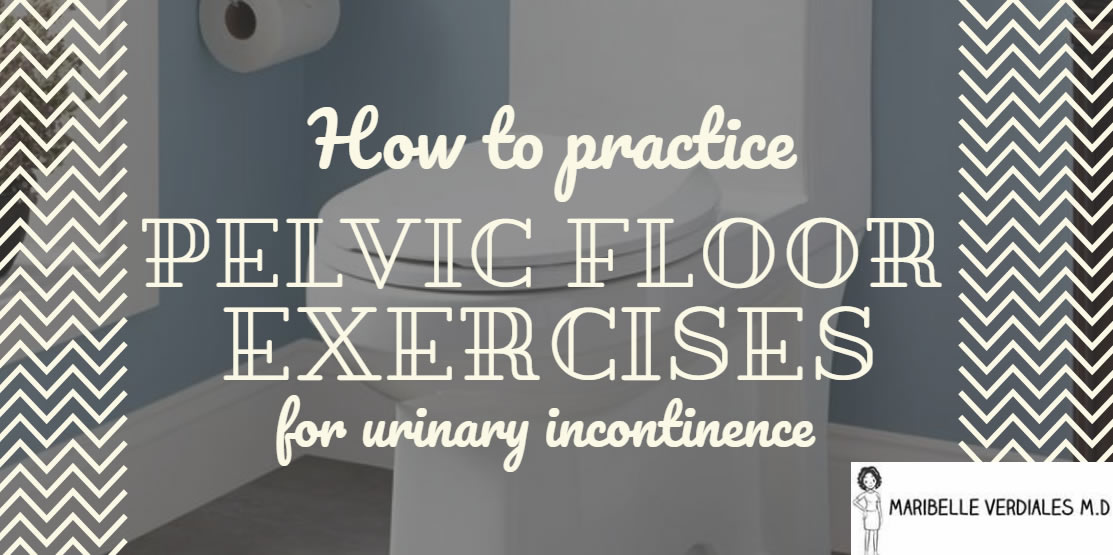Urinary incontinence remains a topic people are embarrassed to talk about. As a result, many sufferers are unaware that there are non-invasive methods that can strengthen our pelvic floor, such as pelvic floor exercises.
Men and women who are fit and healthy may feel that weak pelvic floor muscles are a health problem faced only by people in old age. This condition is often a taboo topic that we avoid talking about. However, when people find themselves suffering from leakages due to a weak pelvic floor, the need to learn more about the pelvic floor muscles becomes prominent. Statistics from the UK show “This Morning” show a staggering percentage of women living with pelvic floor problems. The following shocking statistics show just how problematic this lack of understanding is:
– 42% of women in the UK are sufferers of weak pelvic floor muscles
– 40% of women are too embarrassed to consult their Doctor
– 33% of women suffer problems 5 years after childbirth
– On average women wait 5 years before consulting their Doctor
What Are the Different Exercises That You Can Try?
Practicing pelvic floor exercises does not mean you have to go to extreme lengths in buying specialized equipment. In fact, most exercises do not require you to buy anything. Research shows that up to 50% of women trying to do pelvic floor muscle exercises from a pamphlet get the technique wrong. It is therefore important to be aware of how to do the different exercises. Here are a few simple exercises you can try:
Traditional Kegel Exercises
Kegel exercises, named after American gynecologist, Arnold Kegel, strengthen the muscles of your pelvic floor. Kegel exercises consist of contracting and relaxing your pelvic floor muscles. Kegels are particularly useful if you are experiencing stress incontinence during the day, having difficulty during activities such as laughing, coughing or jumping.
Try the following steps to practice Kegel Exercises:
- Identify the right muscles. Do this by stopping urination midstream. The muscles you are tightening are the pelvic floor muscles.
- Once you have found these muscles, contract these muscles and hold for 5 seconds. Then release for 5 seconds.
- For maximum impact, repeat this exercise 10 times, 3 times a day.
It is common for women to begin Kegel exercises alone with no props, then move on to using kegel balls or cones to increase resistance. These intensify your workout. Kegel balls help women feel their kegel exercises and progressively strengthen them by lifting the weight. You should ideally with the smallest weight that you can comfortably lift and squeeze using your pelvic floor muscles for a number of repetitions. These balls are available in a wide range of different styles, sizes, colors, materials, and weights.
Squats
Common for general exercise, people are often unaware that squats can be done to improve symptoms of incontinence. Squats engage the largest muscles in the body and are very effective in strengthening the pelvic floor muscles.
Here are the steps necessary to do this exercise:
- Stand in an upright position with your feet slightly wider than shoulder-width apart and toes slightly pointed out.
- Bend your knees and push your hips and butt back as if you’re going to sit in a chair. Ensure you keep your chin tucked and neck neutral.
- Gradually drop further down until your thighs are parallel to the ground, keeping your weight in your heels and knees bowed outward slightly.
- Straighten your legs, returning to an upright position.
Split Tabletop
The Split Tabletop strengthens your hips and abs in addition to strengthening the pelvic floor muscles.
Follow these steps to practice this exercise:
- Begin the exercise with your back on the floor and knees bent so your thighs are perpendicular to the floor. Your shins should be parallel to the floor.
- Your abs should be braced and your inner thighs should be activated, with your legs touching.
- Begin to slowly split your legs so each knee falls outward, reaching a position that is comfortable.
- Slowly raise back to the start.
- Complete 10 to 15 reps and 3 sets.
Bridge
This exercise is less commonly known than the previous suggestions. However, when this is done correctly, it is highly affecting in activating and strengthening the pelvic floor muscles.
Simply follow these 5 stages to do the exercise effectively:
- Lie on the floor. Bend your legs at a 90-degree angle and your arms straight at your sides with palms facing down.
- Inhale and push through your heels, raising your hips off the ground by squeezing your glutes, hamstrings, and pelvic floor. Your body should form a straight line down from the knees.
- Pause in this position for 1-2 seconds at the top, then return to the starting position.
- Complete 10-15 reps and 2-3 sets, resting 30 to 60 seconds between sets
Use an Exercise Ball
Using an exercise ball during squats, lunges and ball bridges provides support for the spine and encourages the use of your buttock muscles. This helps stimulate the pelvic floor muscles. You can also put weight on the ball to improve your workout. Practicing leg floats, leg extensions, and side-to-side knee rolls whilst lying on the back with the feet on the ball are good ways to work the pelvic floor muscles.
Things to Remember about Pelvic Floor Exercises:
– These exercises are often not successful in people with no bladder control
– Although women are more at risk of having weak pelvic floor muscles, these exercises are suitable for both men and women
– These exercises are common in women who have just had a child
– Women can purchase products such as kegel balls to help improve the success of these
– Doctors often recommend pelvic floor exercises as the first option for incontinence treatment as they are not invasive. Do not be embarrassed, a large proportion of people will be practising these.



